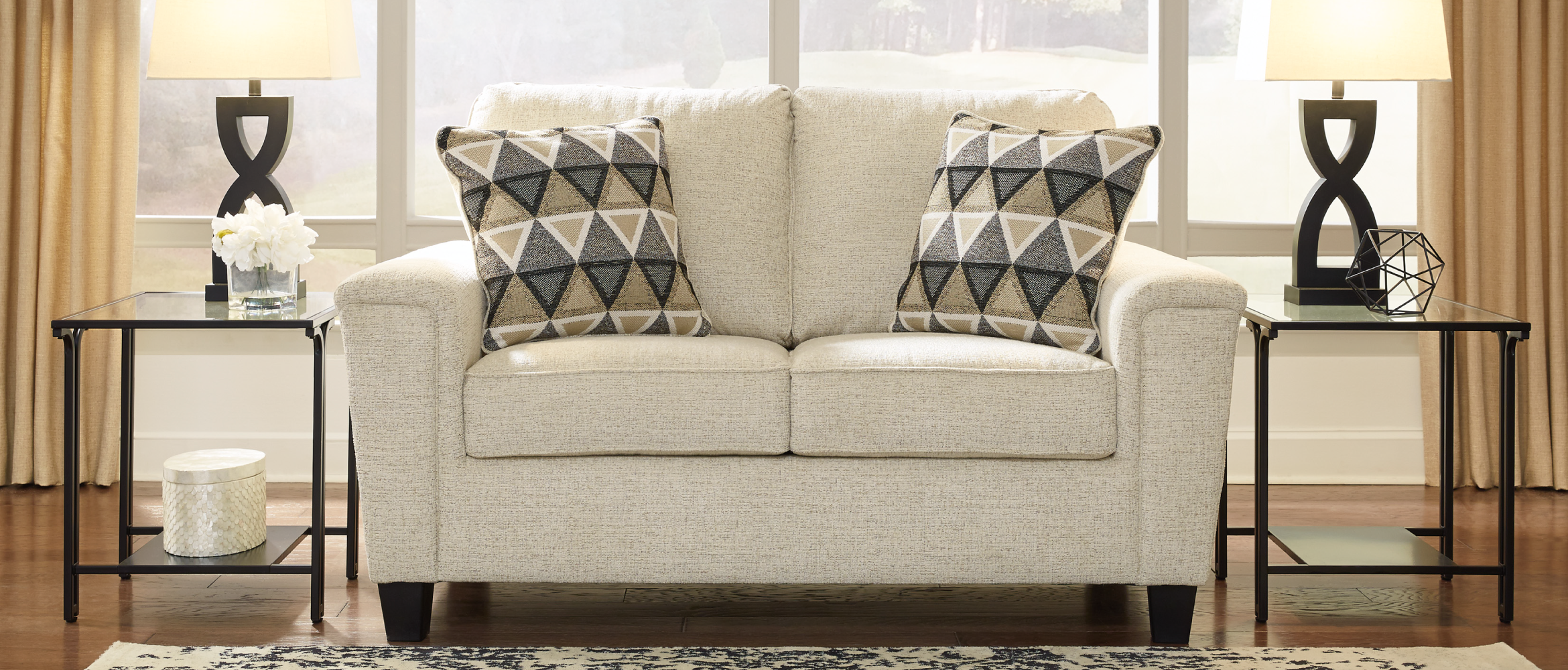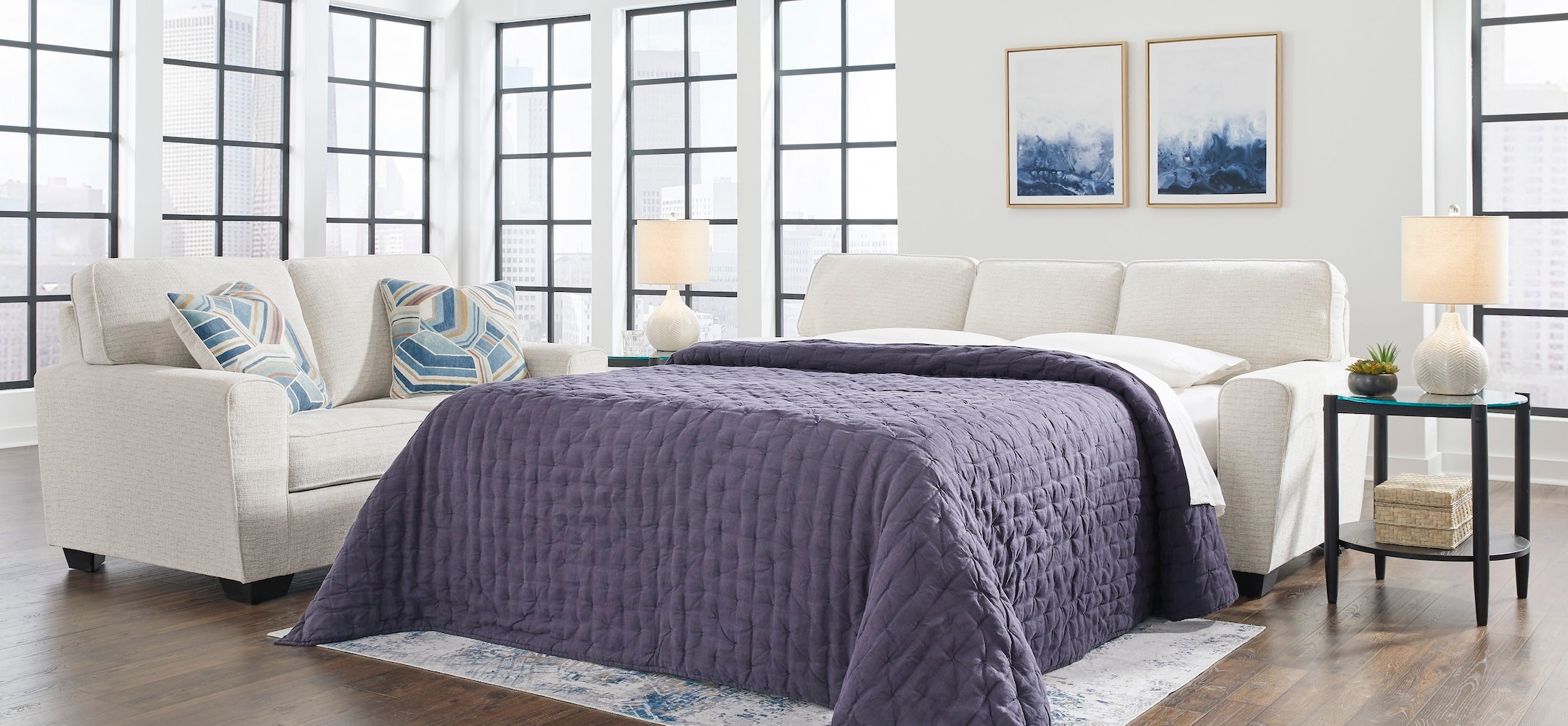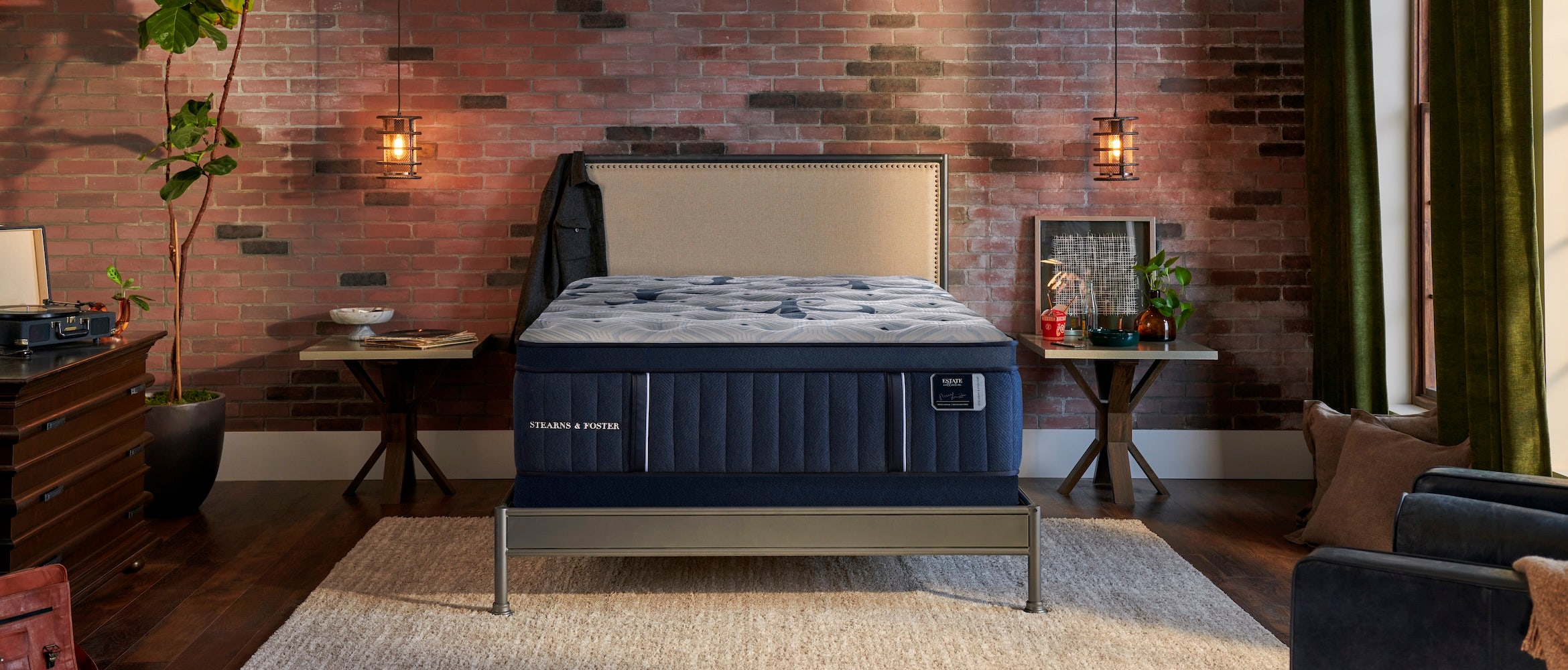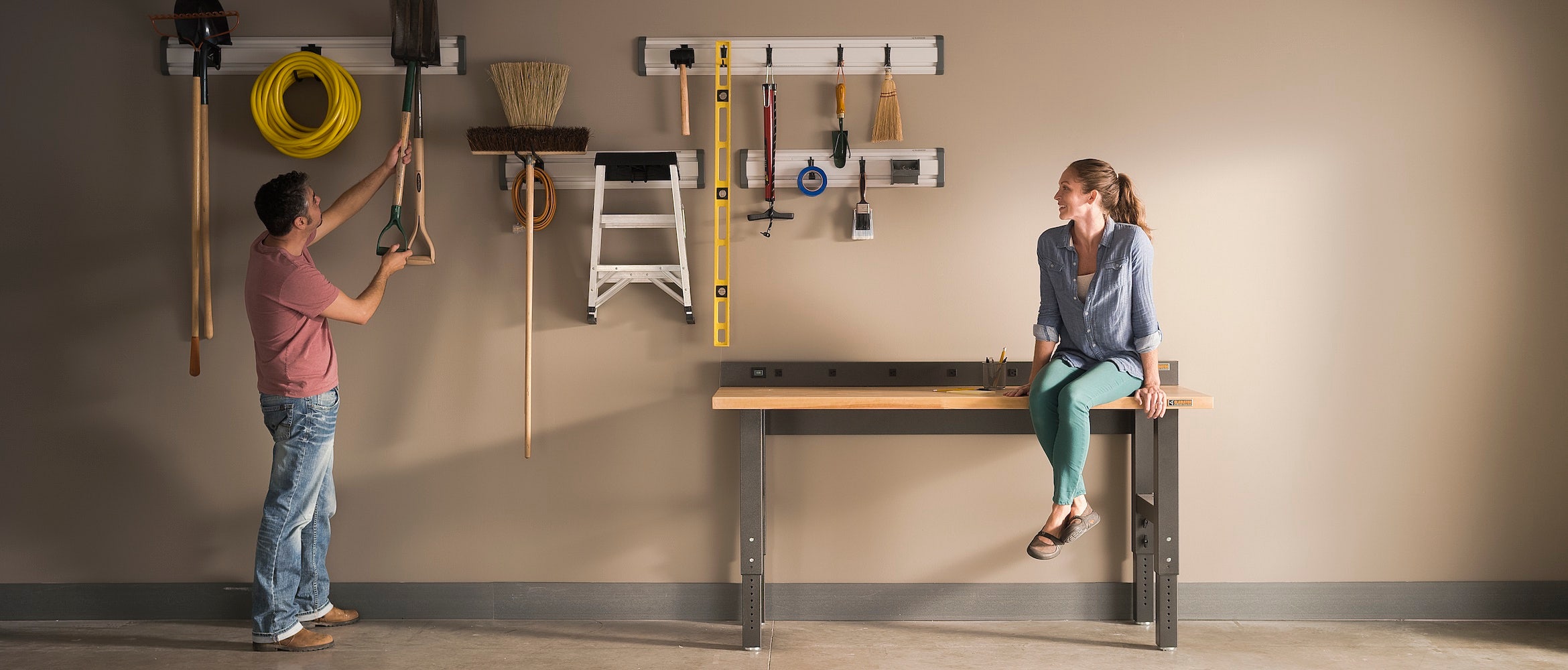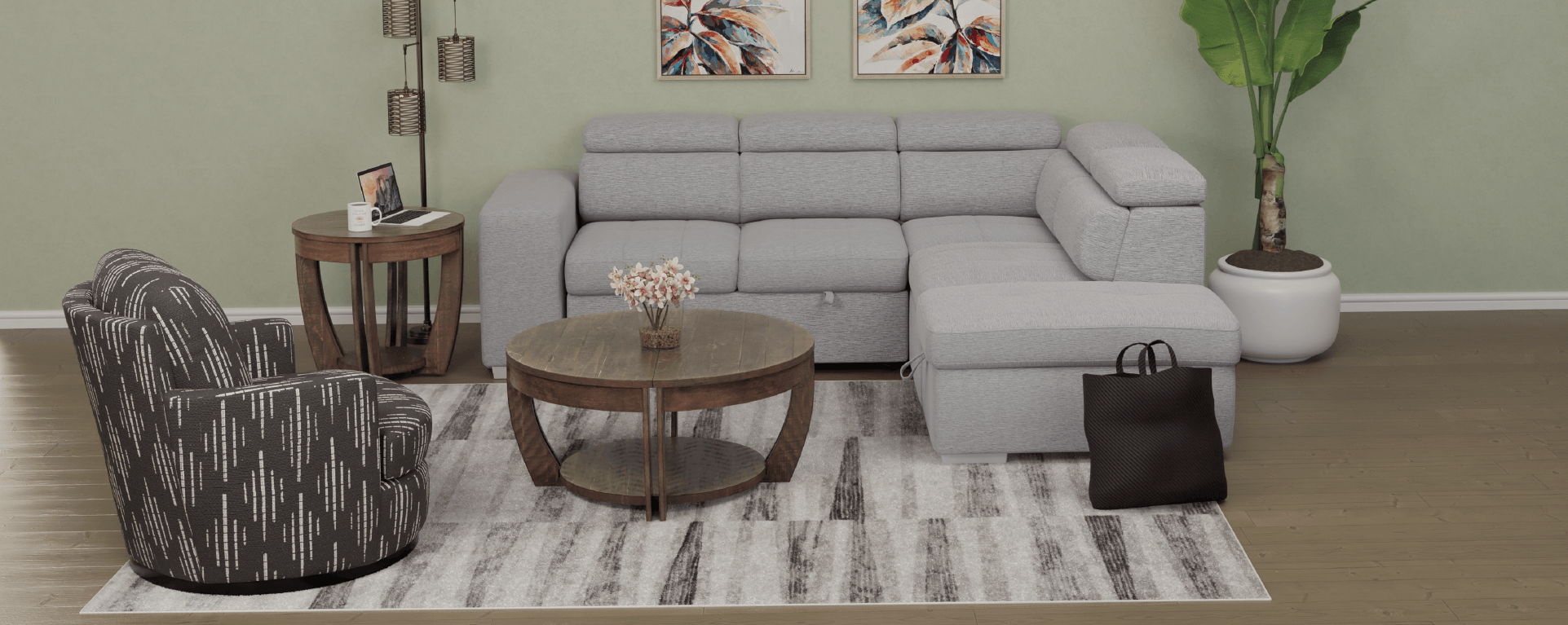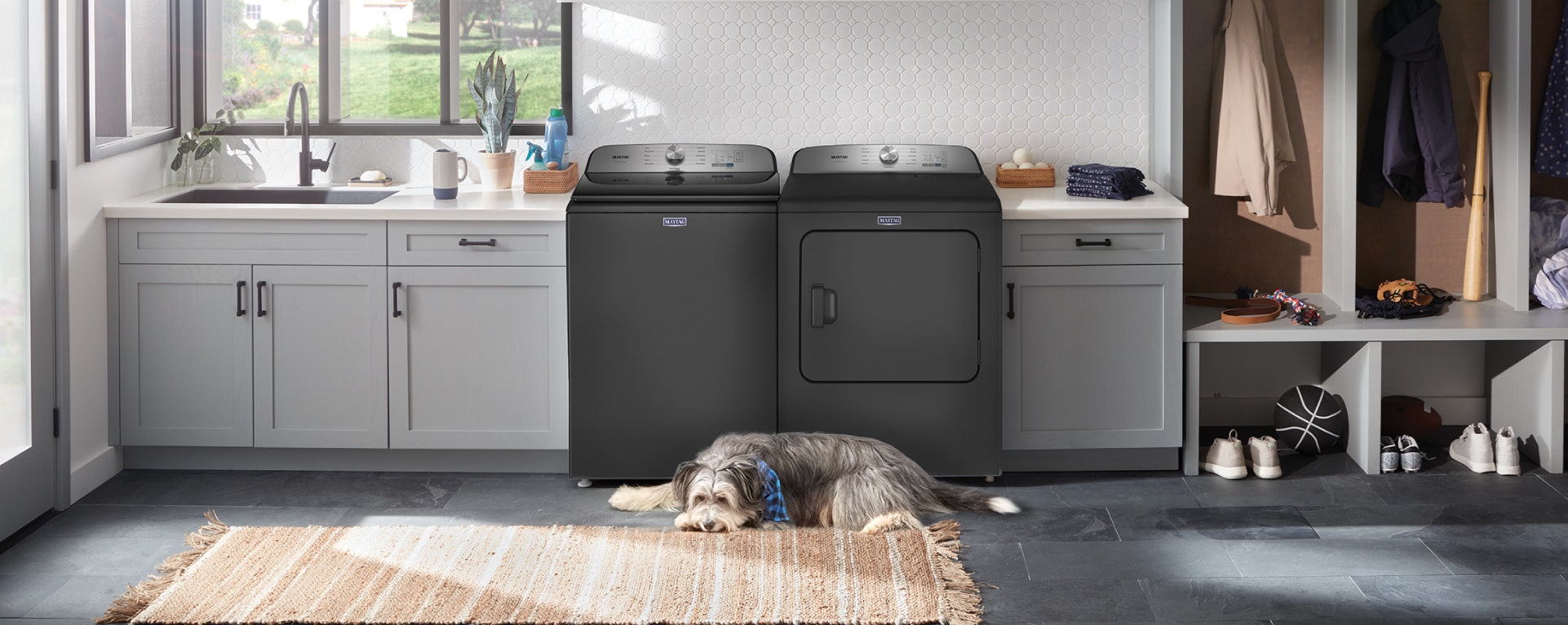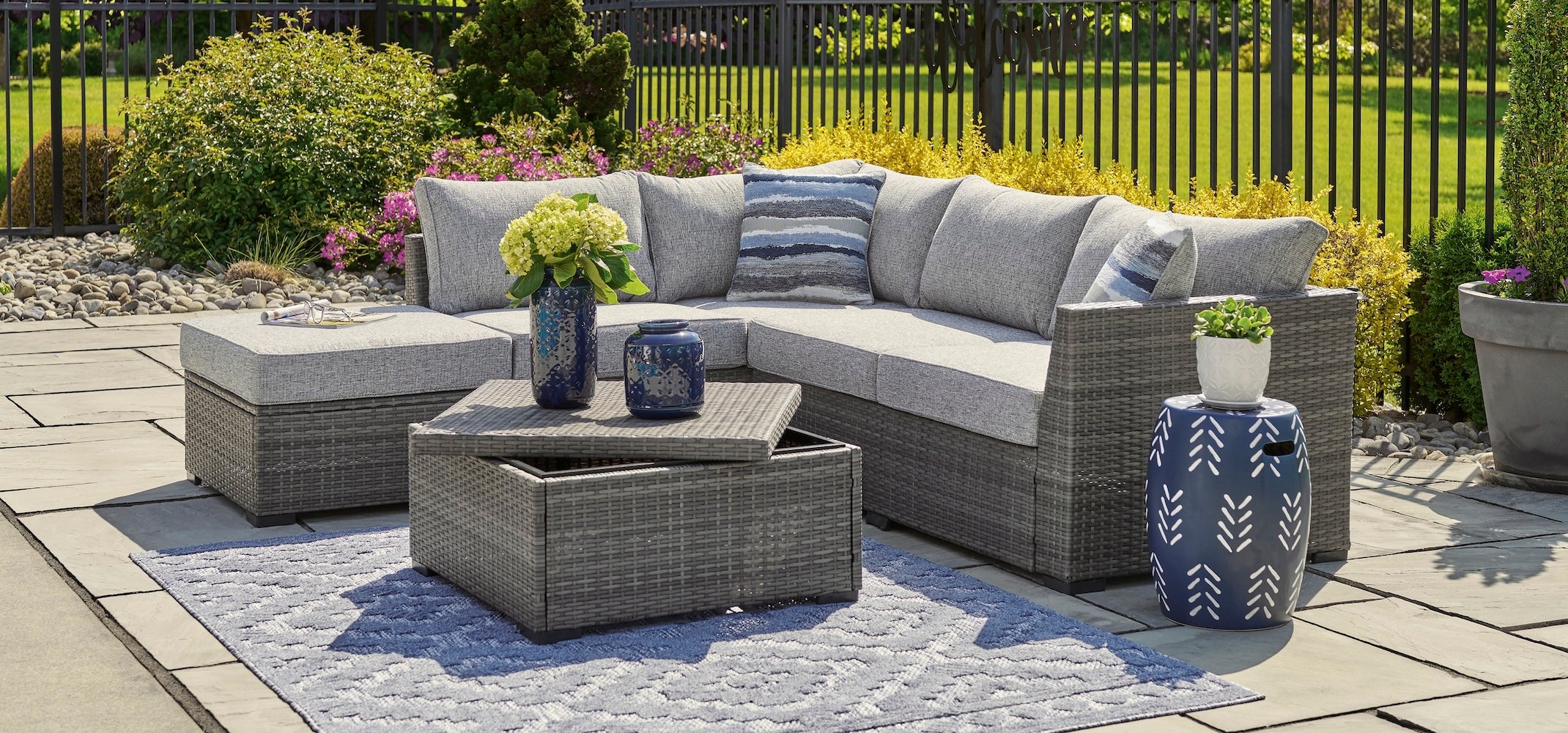Ah, the loveseat. Have you ever wondered where the name comes from? At Tepperman's, we've been passionate and curious about all things "home" since 1925, but did you know that the loveseat pre-dates us by centuries?
What is a loveseat?
By definition, a loveseat is any type of chair with two seats. Today’s loveseat has the look of a small sofa and seats two people comfortably. Whether you’re short on space, looking to add seating to a less common area such as the bedroom, or wanting to compliment another larger sofa, the loveseat is a popular and practical piece of furniture.
History of the loveseat
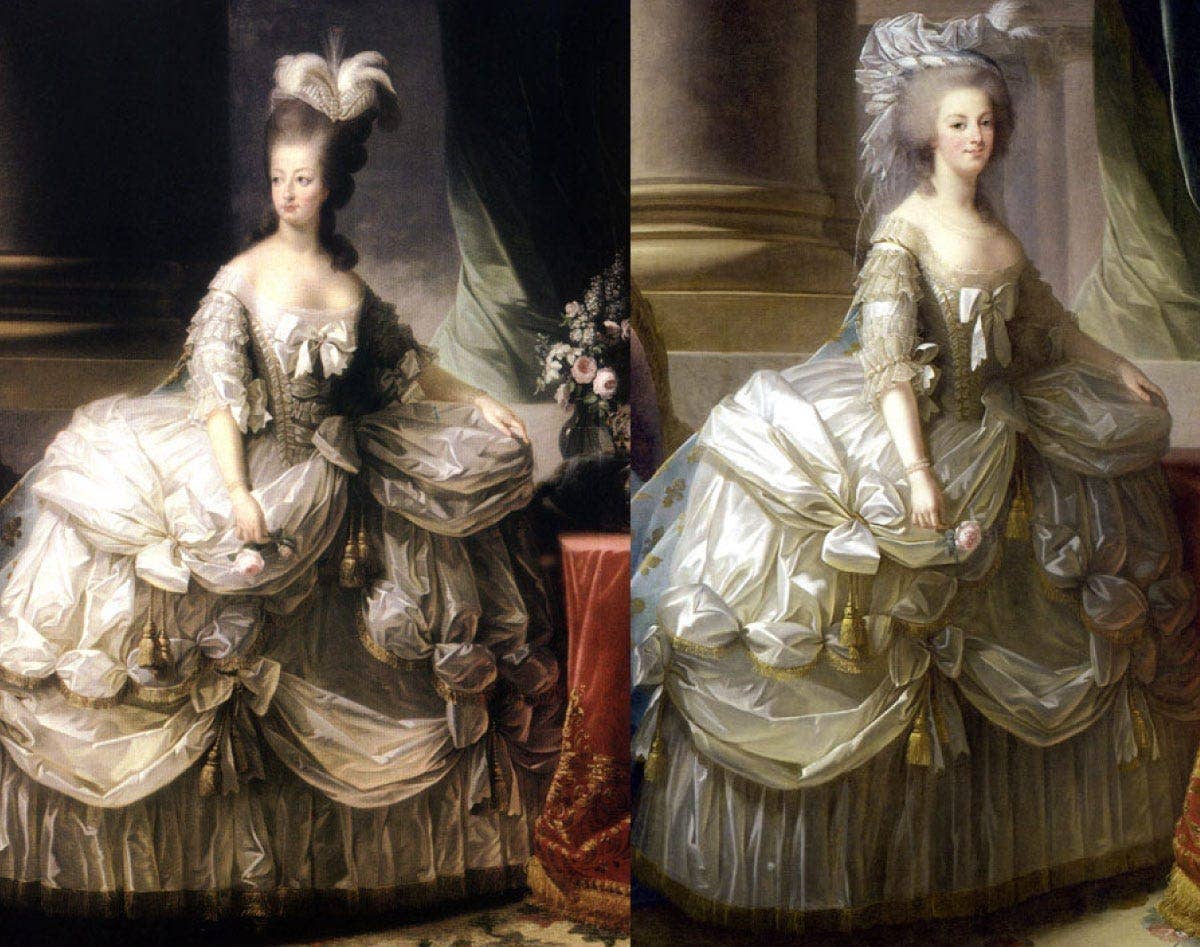

Can you imagine Marie Antoinette trying to sit on an accent chair?
Image credit: Elisabeth Louise Vigée-LeBrun, Public domain, via Wikimedia Commons
With a name as charming as a loveseat, it’s hard to believe that the origin does not come from love and romance. In fact, the seat was initially designed in the 17th century with the purpose of helping individuals, not couples. These individuals were women and the purpose was to give them and their voluminous layered dresses the necessary room they needed to sit.
How did the loveseat gete its name?
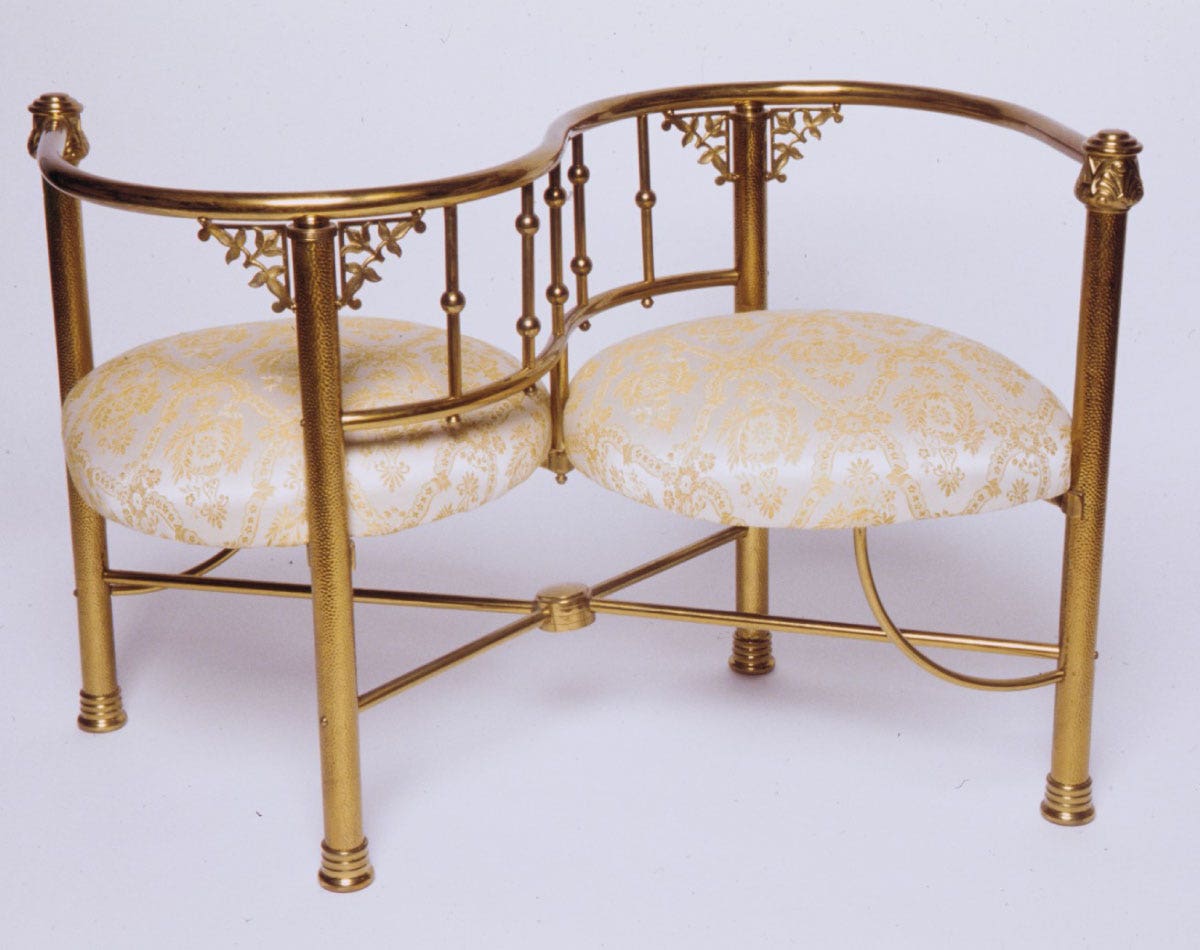

Image credit: American Tête-à-tête; Furniture, ca.1887, Metropolitan Museum of Art. Wikimedia Commons.
As fashion evolved, women's clothing became slimmer, leaving behind the popular wired hoop skirt. There was suddenly more room on this “oversized chair” for couples to take advantage of. Women were able to gather in pairs and enjoy some privacy while gossiping. Men and women were able to sit relatively close to one another while avoiding scandal.
The loveseat has been referred to by many names over the years, some being “British two-seaters”, “courting couch”, “kissing couch”, “gossip’s chair”, “fainting bench”, “conversation bench”, and “tête-à-tête” (face-to-face”).
Loveseat design and functionality
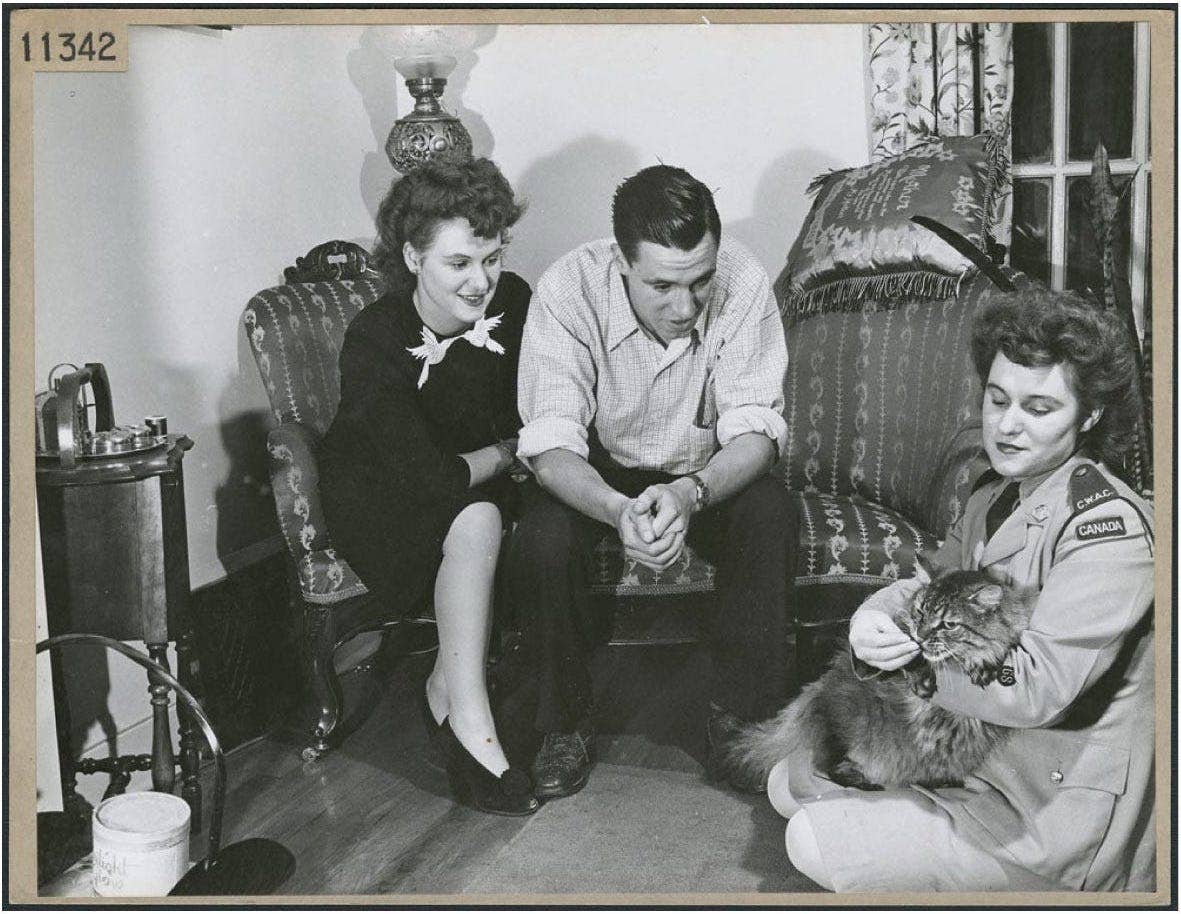

A couple admires a cat on a loveseat in 1944.
Image credit: Jack Long. Library and Archives Canada, e010962322
The loveseats of the past offered a more literal design than we see today. They were often just a large chair with two seats usually shaped like an “S”, allowing two people to face each other without actually sitting next to each other.
Today's loveseat
In the late 20th century, loveseats moved from an antique look to a more functional piece of furniture. Today they describe virtually any small sofa. Today’s homes continue to embrace the loveseat due to its timeless charm and compact design. They are perfect for smaller living rooms and help bring together a space with other furniture. So, although the original purpose of the loveseat wasn't for love–they are still great for cuddling with your partner or relaxing with a great book.
Here are some modern loveseats you'll love:

